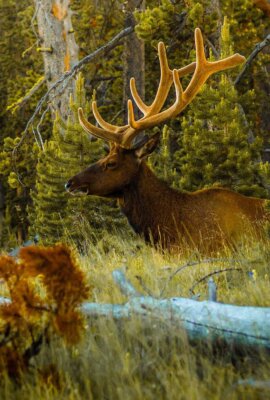Your full Wanderlust guide to
Zimbabwe

Zimbabwe was once one of Africa’s most popular destinations. With Zambia, South Africa and Botswana among its neighbours, landlocked Zimbabwe occupies a prime position in southern Africa’s safari zone, and travellers flocked to this former British colony to see its big game, even bigger landscapes and cultural history.
Sadly, at the turn of the 21st century, Zimbabwe’s fortunes changed: Robert Mugabe’s policy of land invasions triggered a decade of violence, mass unemployment and hyperinflation.
But times are a’changing again in Zimbabwe. Political stability is returning and Zimbabwe is returning to the travel map.
Its parks are still full of elephants, rhinos, lions and heaps of other game; its rocky hills and deep ravines are still some of the continent’s most stunning; its ancient stone city ruins, unique in Africa, are open to visitors; and the timeless plunge of Victoria Falls is still roaring.
You can’t miss

Wanderlust recommends
Stalk rare white rhinos – Peek at these elusive beasts with an expert guide in Whovi Game Park
Wonder at the ’smoke that thunders’ – See Victoria Falls, one of the planet’s most impressive waterfalls
Raft the Zambezi River – Negotiate rapids and watch out for the hippos, too
Drive through Hwange National Park – Packed with huge herds of elephants and game galore, Hwange National Park will not disappoint
Travel back in time – Lunch in the colonial confines of the Bulawayo Club, Bulawayo
Rock art – Seek out magnificent rock art in the Matobo Hills
Explore truly grand canyons – Gonarezhou National Park
When to go
June to October is the dry winter period, and peak season for game viewing as water becomes scarcer; temperatures are typically 25-35°C with chilly evenings on night safaris.
August to November is peak time for Grade-V white-water rafting madness on the Lower Zambezi.
November to March is the wet summer season; you get humid days with thunderstorms but the Eastern Highlands are especially lush. From April to June Victoria Falls flows spectacularly as water volume is high.
International airports
Harare International (HRE) 12km from Harare.
Getting around in Zimbabwe
Zimbabwe’s internal transport network is a little thin on the ground. Many locals hitchhike. Minibuses (or omnibuses) are inexpensive and travel between major centres but are invariably crowded.
Air Zimbabwe has a limited but inexpensive internal flight network. With good roads, self-drive is a flexible option, and a great way to really see Zimbabwe. A 4WD is required for some national parks and rainy season travel.
Zimbabwe accommodation
Budget accommodation is a little limited, though there are some fantastic opportunities for camping in the national parks. There is a fine selection of modestly priced hotels and exclusive safari camps, representing excellent value by comparison to surrounding countries.
Some higher end safari lodges offer luxurious facilities and design in remote locations. There are also some classic addresses, such as the colonial Victoria Falls Hotel, for a taste of old-school glamour.
Zimbabwe food & drink
Most Zimbabweans exist on stodgy staple sadza, made from maize-meal or cornmeal and eaten with stew, meat or relish. In Zimbabwe’s camps expect a cooked breakfast along with meat-and-two-veg mains, reflecting British culinary influences, or a barbecued braai.
However, Zimbabwe’s better hotel restaurants offer more avant-garde takes on reared game meat: for example, wasabi-coated crocodile tail and warthog stuffed with prunes.
Steak-lovers will view Zimbabwe as paradise; vegetarians less so. Biltong (jerky) and dried kapenta fish are popular snacks.
Most wines are South African imports while local beer brands such as Bohlingers and Zambezi are eminently drinkable.















